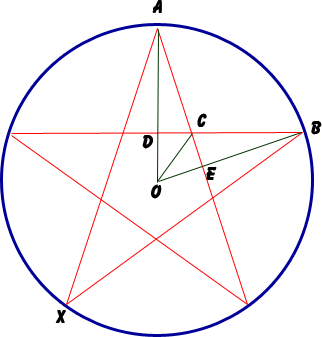“I suppose in the end, the whole of life becomes an act of letting go, but what always hurts the most is not taking a moment to say goodbye.”
Life of Pi could be said to be the perfect embodiment of today’s culture of technology and the interplay between this technology and our humanity. The filmmaking industry isn’t what it used to be; it is always evolving with every technological advancement and every human tragedy. Let’s embark upon our journey and see what director Ang Lee has to offer us.
The Plot
Having not read the novel, it is hard for me to judge whether the film was true to its original intent or if the adaptation has its noteworthy changes; my thoughts are entirely based upon the movie itself.
The plot opens with a humorous retelling of Pi Patel’s childhood in India and its ups and downs. What I loved about this part was the humor interwoven into the seriousness, a reminder to us that even in life’s earnestness, a little laughter can be still found.
Pi’s father [on his decision to leave life in India for Canada]: “We will sail like Columbus.”
Pi: “But Columbus was looking for India!”
As for Pi’s unfortunate tragedy leaving him stuck on a lifeboat with the tiger Richard Parker he dared not kill, it was filled with suspense that kept viewers on the edge of their seats (especially in 3D!) When times got monotonous of seeing a one-man show on an unsinkable boat, suspense brought the viewer right back into the movie. What I thought failed in this sense was that we already knew Pi was going to live, as it was a story being recounted by his older self. This made the tension less effective and the movie, well, less exciting.

The ending, I thought, was the most disappointing part of the movie. After experiencing so much with Pi, engrossed in the magical realism of his moving survival, I looked for an equally inspirational morale at its end. Instead, we got the older Pi shedding an apathetic tear and the writer matching his detachment by tonelessly establishing a parallel between personalities and animals in the two versions of the story presented to him (“So… the zebra is the sailor, the hyena is the cook; the orangutan is your mother… and the tiger… is you.”) I think the parallel could have been established in a more subtle manner, using symbols like a sailor’s hat, a cook’s apron, and whatnot in Pi’s second version of his journey. The connection could be made still, but more elegantly and more heart-felt. It forces us to think about the question of the perception of reality instead of telling us that, oh ok, life can be viewed from a different perspective. But then again, it is always dependant on the audience, the filmmakers, and their thoughts on this matter…
Filming Techniques
From the standpoint that every single event in Pi’s retelling should be plausible, I found two major lapses – or at least two that bothered me. However, these two observations are entirely dependent upon which stance (or version of the story) one takes to be true – it might be the use of magical realism, after all.
Number one: Pi should have died. Or closer to being dead than he was. Why? In the sinking of the ship, seawater will obviously not stay still! Such a large object descending down to the depths of the ocean will create some kind of force that moves the seawater, if not suction (which is still being debated whether the theory is true or not). Anyhow, Pi, being in close perimeters of the disaster, would have been affected by the ship’s movement in some shape or form. Maybe I’m being too technical here…
Number two: Pi should have died. Just kidding – I’m not sadistic. But he should have appeared more parched, tattered, malnourished – whichever one it is – having spent all that time at sea and in contact with seawater. And add psychological warfare.

Besides these two troubling thoughts, the film was shot with amazing quality. From the start, the culture of India was skillfully captured with the mention of the significance of religion in India, the larger-than-American-average class sizes, and the exoticism of India in general, something we may not experience in our everyday lives (hopefully I’m not being stereotypical, being a bit under educated in this area). At sea – I’m just going to save this for the next section.
Visual Effects
I simply cannot express how much I adore this film for its visual effects. But I guess I’ll try, being just so tech-savvy. It’s amazing how developed technology is nowadays – I was simply shocked to find that the tiger, for the most part, was computer-generated. I thought the filmmakers cut-and-pasted Richard Parker onto the boat. Something like this:
Ok, maybe not like that (but applaud for my amazing Photoshop skills?) Though I’m not that tech-savvy, I’m not totally clueless either… totally, that is. It’s impossible to tell the real subject from an animated one, to be honest.
http://youtu.be/ypOqi4yb2Lw
The luminescent jellyfish scene is one of my favorite. The way it is shot… ahh, breathtaking. All I can say is that if you’re a fan of scenery, this movie is for you!
Overall 7.5/10
Here’s a bonus star from a math enthusiast, and just because Pi is a cool name:
So which story do you prefer?




